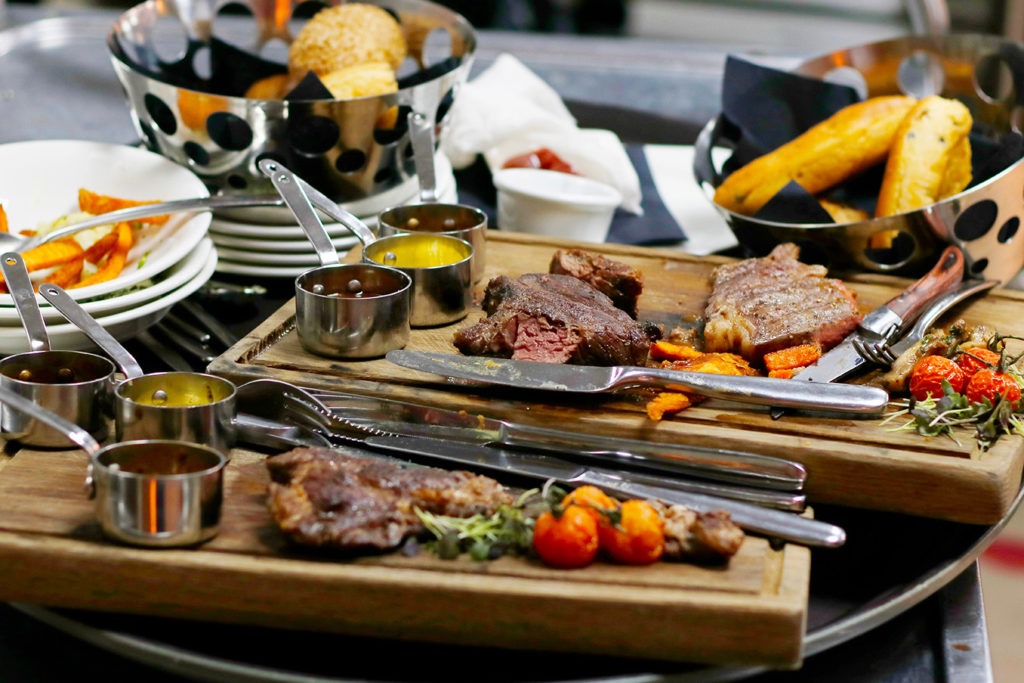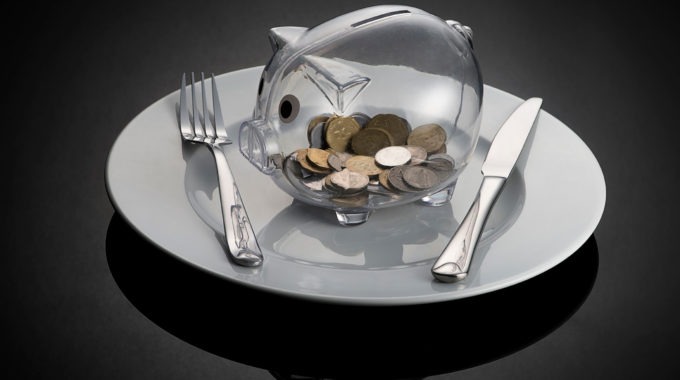The key motivator to reduce food waste
Uneaten food on consumers’ plates makes up 34 percent of food waste in the hospitality sector. This is an extravagance the industry could do without in the face of COVID.
A new study, published in the journal Sustainability, surveyed 1001 people about food waste when dining out and found people wasted more food if the meal was expensive, longer in duration or at dinnertime. It also found the key motivator for reducing waste was saving money. This was followed by saving hungry people and the planet and preventing guilt.
Lead study author Francesca Goodman-Smith was surprised by the result that people wasted more of a costly meal. “This could be because people dining in expensive establishments may have more disposable income,” she says. “The value they place on food for survival may be less than, for example, someone facing food insecurity would. They may also be more concerned about overconsumption.”
The finding that saving money was the number one motivator to reduce food waste for consumers was not surprising. However, it was important.
“Too many food waste reduction campaigns focus on environmental motivators, rather than financial ones,” Goodman-Smith says. “These campaigns could be more successful if they leverage the cost-saving elements of waste reduction. When multiple motivators are at play, consumers are far more likely to change their behaviour to avoid wasting food.”

An opportunity for change
COVID has provided an opportunity for change, with the food industry forced to redefine itself and consumers in a state of flux.
“The pandemic has significantly impacted the hospitality sector,” Goodman-Smith says. “Cost-saving measures are essential for businesses, but also for customers. Addressing food waste is a practical action that businesses can take. For every dollar invested in activity to reduce food waste, the hospitality sector can realise $14 of benefit.”
Reducing food waste is also a tangible way the industry can connect with and act on consumer values, Goodman-Smith suggests.
“Consumers are more receptive to change now,” she says. “This is an opportunity for cafes and restaurants to make zero food waste the ‘new normal’. Offer different portion sizes, use apps to offer discounted food to customers before they close and connect with food rescue organisations to distribute food to those in need.”

Simple steps to cut waste
Businesses can implement cost-saving and waste reduction measures such as offering doggy bags and reusable returnable container schemes, allowing sides to be substituted, entrees to be ordered as mains and smaller portion sizes at reduced prices. This can reduce the cost of ordering food that’s only going to be thrown away. It also saves on waste disposal costs, which will increase as landfill levies increase. Plus, businesses can score corporate responsibility brownie points by telling customers they don’t tolerate waste.
Meanwhile, consumers can gain from reducing food waste and saving money by ordering smaller portions and taking their leftovers away so that they don’t need to buy a meal the next day. Plus, there’s the feel-good factor of supporting efforts to reduce food waste.









